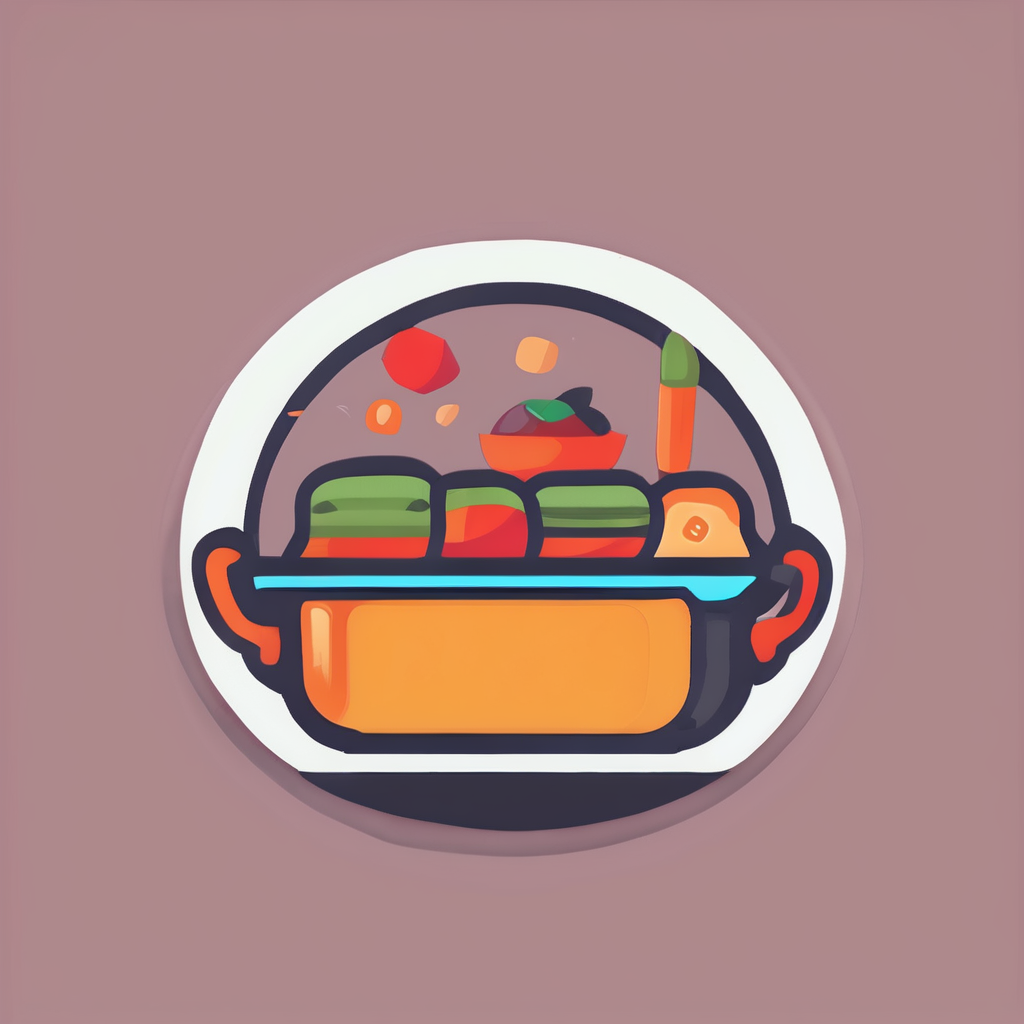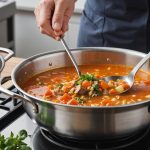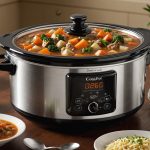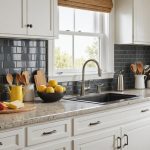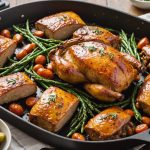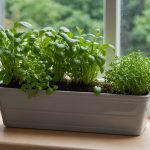Overview of Heat-Resistant Soup Ladles
In the realm of cooking tools, a heat-resistant soup ladle stands as an essential item. Such ladles are vital because they prevent the tool from deteriorating when exposed to high temperatures often encountered in culinary activities. The importance of heat resistance in these tools cannot be understated, as it not only ensures safety by reducing the risk of melting but also enhances the longevity of the ladle, making it a worthwhile investment.
Understanding the durable ladle features is crucial in selecting an appropriate tool. Key characteristics of a durable soup ladle include its resistance to bending, melting, or warping. This durability often results from high-quality materials used in manufacturing, ensuring they can withstand everyday kitchen demands without compromising their integrity.
Also read : The ultimate guide to durable kitchen table surfaces for busy homes: top resilient options you need
Common materials used in creating heat-resistant ladles include silicone, stainless steel, and nylon. Each of these materials offers unique advantages that contribute to the overall durability of the ladle. For example, silicone ladles are known for their non-stick properties, while stainless steel varieties offer robust strength and heat resilience. Selecting a ladle constructed from such materials ensures a blend of functionality and durability, making them indispensable tools in the culinary landscape.
Materials Used in Heat-Resistant Ladles
Choosing the right ladle materials is fundamental for ensuring durability and functionality in the kitchen. The selection of material plays a critical role in how well the ladle can withstand heat and wear over time.
Also read : Unlock the secrets to top-quality non-stick roasting pans: your ultimate guide for effortless cooking!
Silicone
Silicone ladles are beloved for their non-stick properties and flexibility. They present excellent heat resistance, often withstanding temperatures up to 250°C. A primary advantage of silicone is its softness, preventing damage to non-stick cookware surfaces. However, silicone might not be as rigid as some users prefer, which can be a drawback in applications requiring firm scooping.
Stainless Steel
Stainless steel ladles are synonymous with strength and durability. With heat resistance well beyond typical cooking temperatures, they provide unmatched robustness. This makes them ideal for heavy-duty use, such as serving dense soups and stews. On the downside, stainless steel can be heavier and may scratch delicate surfaces if users are not cautious.
Nylon
Nylon offers an affordable and versatile alternative. Nylon ladles can endure temperatures up to around 200°C, making them safe for most stovetop applications. They are relatively lightweight and won’t scratch cookware; however, their heat resistance is lower compared to silicone and stainless steel, which might limit longevity under intense heat exposure.
Recognizing Quality Craftsmanship
Identifying quality craftsmanship in a heat-resistant soup ladle is pivotal for ensuring long-lasting performance. When evaluating the features of durable ladles, focus on construction elements like stitching and joints, which play a significant role in their overall build. A well-constructed ladle should exhibit strong, seamless connections that enhance its resilience against frequent use and heat exposure.
Ergonomic design is another crucial factor. An ergonomically designed ladle offers comfort and efficiency, minimising fatigue during prolonged use. Look for features such as a comfortable grip handle and a balanced weight distribution. These characteristics improve handling, making it easier to serve soups or stir thick stews with precision.
In terms of material and design, pay attention to the overall build quality indicators. High-quality ladles frequently display smooth finishes and resistant coatings, contributing to a polished appearance and superior durability. Such attention to detail signifies meticulous craftsmanship and ensures the ladle remains a reliable kitchen companion.
Ultimately, focusing on these indicators will equip you with the knowledge to choose a ladle that not only meets everyday needs but also withstands the test of time without compromising its integrity or functionality.
Comparing Durability Among Popular Ladles
When it comes to ladle durability comparison, certain brands have emerged as favourites due to their commitment to quality and longevity. Identifying the best durable ladles often involves examining user ratings and reviews, which provide invaluable insights into long-term performance.
Consumers consistently praise brands like OXO, Cuisinart, and Le Creuset for their robust construction and reliable performance over time. OXO is particularly acclaimed for its ergonomic designs that enhance user comfort, while Cuisinart is noted for its high-quality materials that contribute to an extended lifespan. Le Creuset stands out for its stylish designs coupled with enduring functionality, making it a popular choice among home cooks and professionals alike.
Users frequently highlight the importance of quality craftsmanship, which underscores the survival of these ladles through rigorous cooking sessions. Comparisons from verified buyers showcase the relative resistance to warping and melting when exposed to daily kitchen heat.
Ultimately, choosing the right ladle involves weighing brand reputation alongside user experiences. By considering these factors, you can select a tool that not only meets your immediate needs but also promises reliability in the kitchen for years to come.
Common Problems: Warping and Melting
Understanding ladle warping and heat damage is crucial for tackling common challenges with soup ladles. The primary reasons behind warping include exposure to extreme temperatures, which can cause materials like nylon to deform. Meanwhile, melting typically occurs when ladles are left in hot pots or open flames, particularly those not engineered for high heat.
To prevent these issues, consider the material composition of your ladle. Silicone ladles offer excellent resistance against both warping and melting, handling temperatures up to 250°C. However, they must not be left resting in cookware to avoid variable heat exposure. Stainless steel ladles resist heat excellently and are less prone to warping, although they could scratch delicate surfaces if not handled carefully.
Employing preventative measures such as avoiding open-flame exposure and selecting heat-resistant materials is key. To further care for your ladles, refrain from using harsh cleaning agents, as they can degrade material over time.
In real-life scenarios, choosing ladles made from silicone or stainless steel exemplifies durability against heat, outclassing alternatives like nylon. Make informed decisions by acknowledging these considerations, enhancing the longevity and reliability of your kitchen tools.
Maintenance and Care for Your Soup Ladle
Ensuring your soup ladle remains functional and durable requires careful ladle maintenance tips and considerate handling. Regularly cleaning your ladle plays a pivotal role in preserving its longevity. For most ladle materials, washing by hand using mild detergent and warm water is advised. This method prevents abrasive damage and maintains the integrity of each ladle’s surface, especially for silicone and stainless steel ladles.
Caring for kitchen tools involves not just cleaning but also proper storage to avoid potential damage. Ensure ladles are stored in a dry and secure environment, such as a utensil holder or drawer, to minimise exposure to potential warping or heat damage.
To prolong the life of your ladle, avoid leaving it resting in hot pots or coming in direct contact with open flames, which can contribute to ladle warping or melting, particularly in nylon materials.
Additionally, for enhanced durability in non-stick finishes and coatings, pair careful maintenance with diligent inspection. Over time, replace any worn ladles prone to potential heat-related issues. These steps ensure that your ladle remains a reliable and efficient kitchen companion throughout its lifespan, providing peace of mind in everyday culinary activities.
Purchasing Guidelines and Recommendations
When planning to purchase a ladle, it’s essential to consider several factors to ensure you select a product that will meet your needs.
What to Consider Before Buying
Before making a purchase, evaluate the durable ladle features. Important considerations include heat resistance, the comfort of the handle, the ladle’s weight, and the material used. Heat-resistant ladles crafted from high-quality materials like silicone, stainless steel, or nylon offer better longevity. The choice of material significantly influences how the ladle withstands everyday cooking temperatures and wear.
Top Picks for Durable Ladles
For the best in durability, brands like OXO and Cuisinart consistently garner positive feedback. These ladles are made with quality craftsmanship, ensuring they are built to last. Look for ladles that possess a blend of ergonomic design and robust material selection.
Where to Buy
To purchase reliable and highly-rated ladles, consider shopping at reputable retailers both online and in-store. Platforms with comprehensive user reviews and ratings can provide valuable insights into a product’s long-term performance. Whether opting for a local store or an online marketplace, ensure the platform offers good return policies to safeguard your investment.
